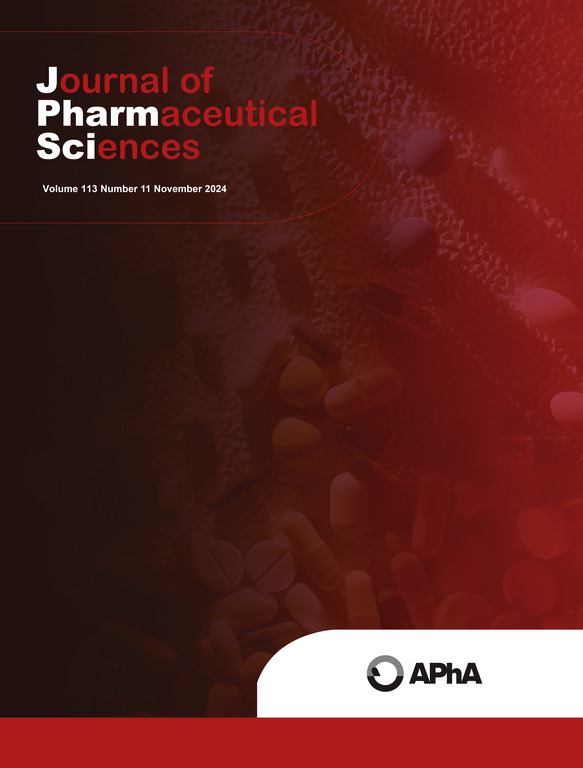Computer modeling of bevacizumab drug distribution after intravitreal injection in rabbit and human eyes
IF 3.7
3区 医学
Q2 CHEMISTRY, MEDICINAL
引用次数: 0
Abstract
Age-related macular degeneration (AMD) is a progressive eye disease that causes loss of central vision and has no cure. Wet AMD is the late neovascular form treated with vascular endothelial growth factor (VEGF) inhibitors. VEGF is the critical driver of wet AMD. One common off-label anti-VEGF drug used in AMD treatment is bevacizumab. Experimental efforts have been made to investigate the pharmacokinetic (PK) behavior of bevacizumab in vitreous and aqueous humor. Still, the quantitative effect of elimination routes and drug concentration in the macula are not well understood. In this work, we developed two spatial models representing rabbit and human vitreous to better understand the PK behavior of bevacizumab. This study explores different cases of drug elimination and the effects of injection location on drug concentration profiles. The models are validated by comparing them with experimental data. Our results suggest that anterior elimination is dominant for bevacizumab clearance from rabbit vitreous, whereas both anterior and posterior elimination have similar importance in drug clearance from the human vitreous. Furthermore, results indicate that drug injections closer to the posterior segment of the vitreous help maintain relevant drug concentrations for longer, improving bevacizumab duration of action in the vitreous. The rabbit and human models predict bevacizumab concentration in the vitreous and fovea, enhancing knowledge and understanding of wet AMD treatment.
兔和人眼玻璃体内注射贝伐单抗后药物分布的计算机模拟。
老年性黄斑变性(AMD)是一种进行性眼病,可导致中心视力丧失,目前无法治愈。湿性AMD是用血管内皮生长因子(VEGF)抑制剂治疗的晚期新生血管形式。VEGF是湿性AMD的关键驱动因素。用于AMD治疗的一种常见的标签外抗vegf药物是贝伐单抗。研究贝伐单抗在玻璃体和房水中的药代动力学(PK)行为。然而,消除途径和药物浓度在黄斑的定量效应还不清楚。在这项工作中,我们建立了代表兔和人玻璃体的两个空间模型,以更好地了解贝伐单抗的PK行为。本研究探讨了不同情况下的药物消除和注射位置对药物浓度谱的影响。通过与实验数据的比较,验证了模型的正确性。我们的研究结果表明,在兔玻璃体中贝伐单抗清除中,前路清除是主要的,而在人类玻璃体中,前路和后路清除对药物清除具有相似的重要性。此外,结果表明,靠近玻璃体后段的药物注射有助于更长时间地维持相关药物浓度,从而提高贝伐单抗在玻璃体中的作用时间。兔和人模型预测了贝伐单抗在玻璃体和中央凹中的浓度,增强了对湿性AMD治疗的认识和理解。
本文章由计算机程序翻译,如有差异,请以英文原文为准。
求助全文
约1分钟内获得全文
求助全文
来源期刊
CiteScore
7.30
自引率
13.20%
发文量
367
审稿时长
33 days
期刊介绍:
The Journal of Pharmaceutical Sciences will publish original research papers, original research notes, invited topical reviews (including Minireviews), and editorial commentary and news. The area of focus shall be concepts in basic pharmaceutical science and such topics as chemical processing of pharmaceuticals, including crystallization, lyophilization, chemical stability of drugs, pharmacokinetics, biopharmaceutics, pharmacodynamics, pro-drug developments, metabolic disposition of bioactive agents, dosage form design, protein-peptide chemistry and biotechnology specifically as these relate to pharmaceutical technology, and targeted drug delivery.

 求助内容:
求助内容: 应助结果提醒方式:
应助结果提醒方式:


